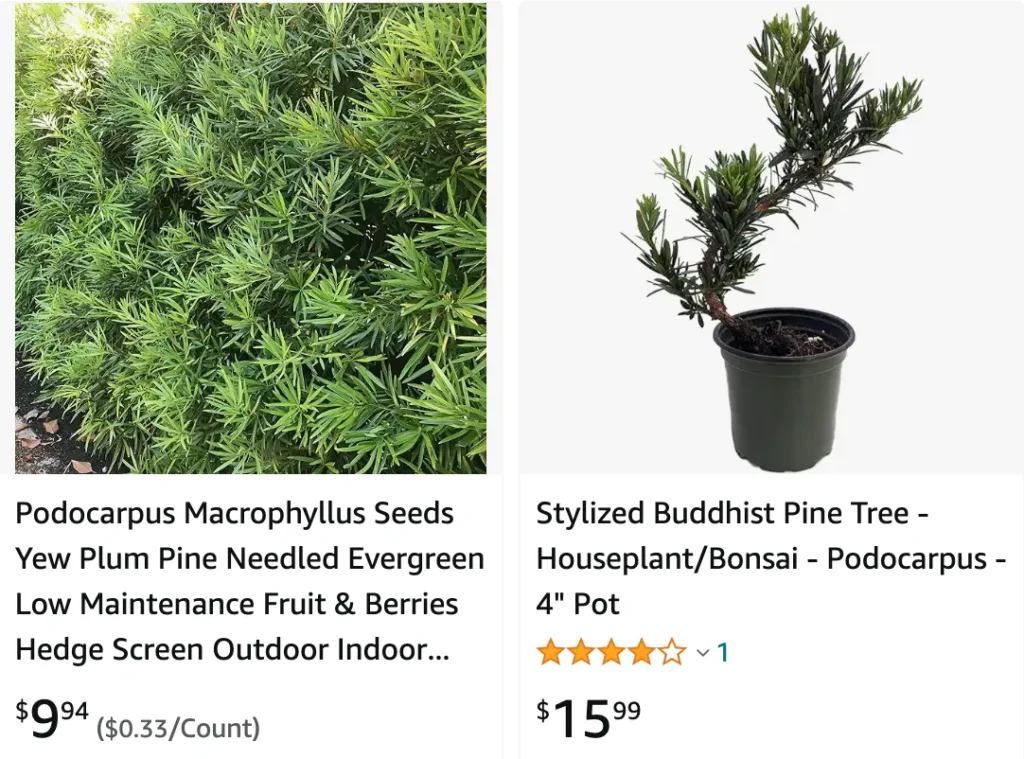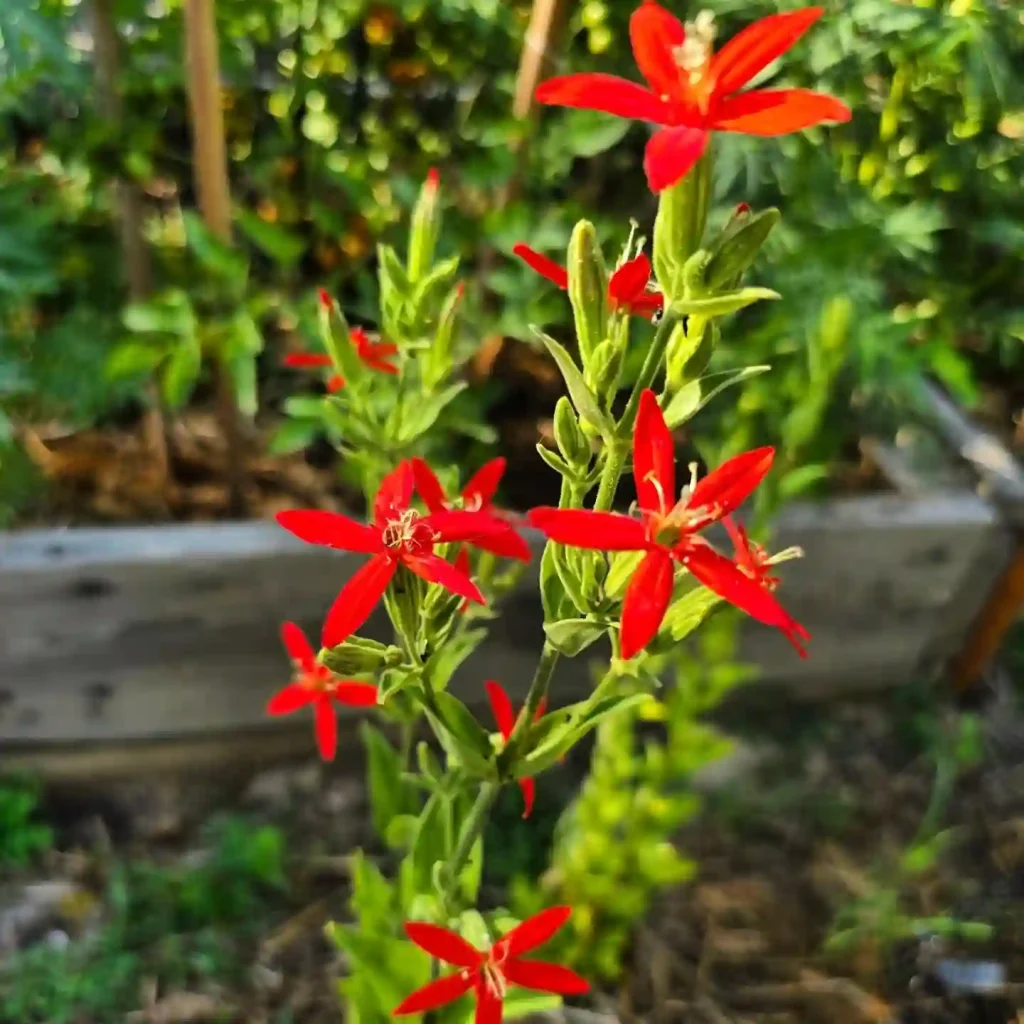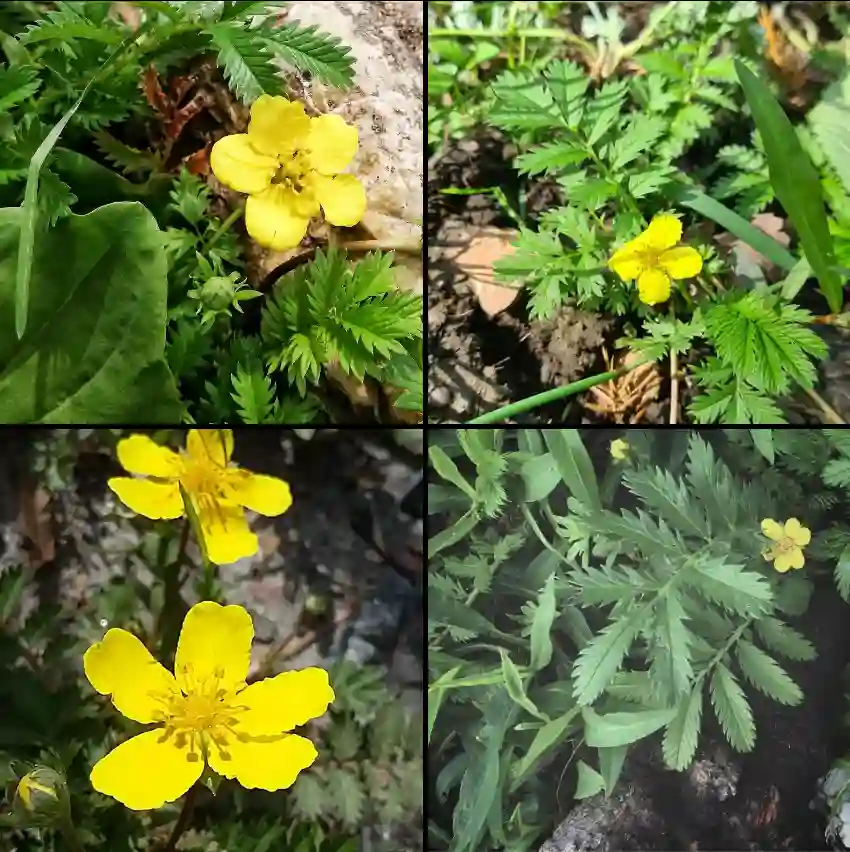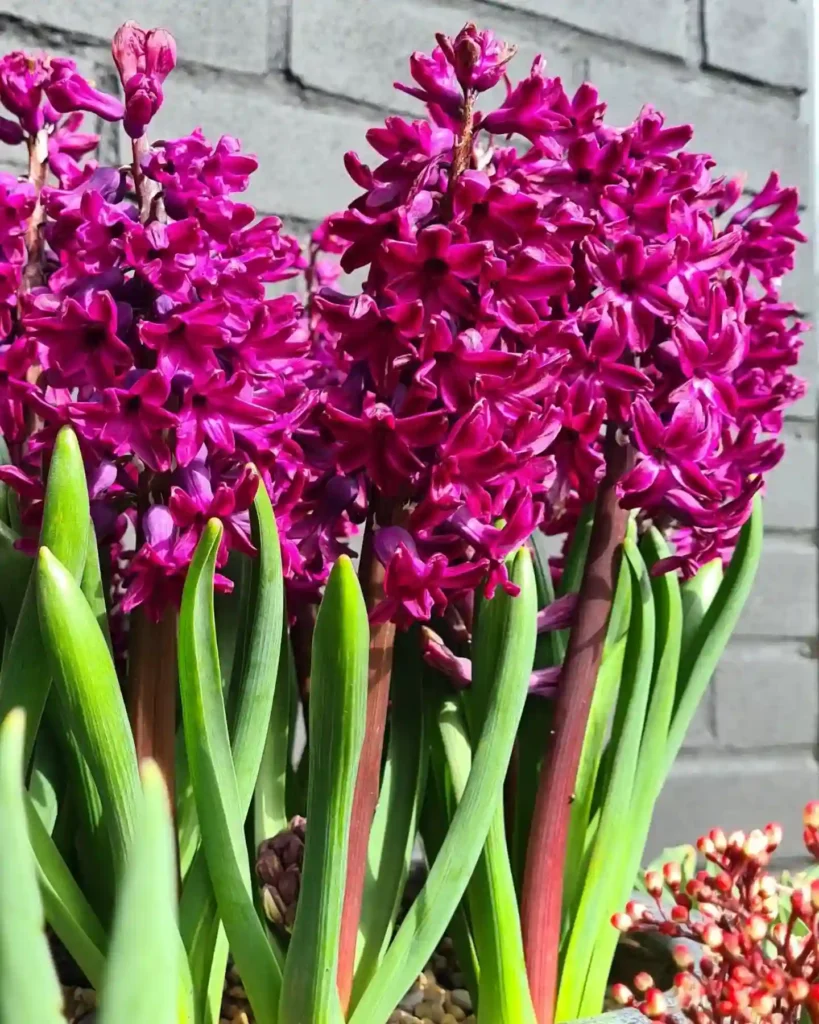
The Allure of the Yew Podocarpus: A Gardener’s Guide
For years, I’d been on the hunt for a versatile evergreen that could thrive in my garden’s warm climate. After countless trips to nurseries and consultations with fellow gardening enthusiasts, I stumbled upon the yew podocarpus (Podocarpus Macrophyllus). It was love at first sight.
This wasn’t just another pretty face, though. The yew podocarpus boasted a list of qualities that perfectly aligned with my needs. Its dense, rich green foliage promised year-round privacy, while its adaptability allowed me to envision it as either a stately tree or a meticulously sculpted hedge. The clincher? Its reputation for being low-maintenance – a quality any gardener, myself included, deeply appreciates.
Since then, I’ve become somewhat of a yew podocarpus evangelist, eager to share its wonders with anyone who’ll listen. If you, like me, are captivated by this plant’s potential, then this guide is for you. Here, I’ll delve into everything you need to know about planting, caring for, and incorporating the yew podocarpus into your own landscape.
117 Species in Genus Podocarpus
Choosing the Perfect Spot
Before we get down to the nitty-gritty of planting, it’s crucial to select the ideal location for your yew podocarpus. Here are some key factors to consider:
- Sunlight: While yew podocarpus tolerates a range of light conditions, it thrives in full sun to partial shade. In particularly hot climates like mine, some afternoon shade can be beneficial.
- Soil: The plant prefers well-draining, slightly acidic soil. If your soil is heavy clay, consider amending it with compost or sand to improve drainage.
- Space: Remember, this is a plant with potential for grandeur. When planting as a tree, ensure it has enough room to mature, considering its ultimate height and spread. For hedges, factor in the desired mature height and plant accordingly.
How to Plant Yew Podocarpus?
Once you’ve identified the perfect spot, planting your yew podocarpus is a breeze. Here’s the process:
- Dig a hole twice the width of the root ball and slightly deeper.
- Gently loosen the roots of your yew podocarpus, taking care not to damage them.
- Position the plant in the hole, ensuring the root ball sits level with the surrounding soil.
- Backfill the hole with the excavated soil, gently tamping it down to remove air pockets.
- Water thoroughly to settle the soil and eliminate air pockets.
Watering and Feeding
Yew podocarpus is a surprisingly drought-tolerant plant. Once established, it requires infrequent watering, especially during the cooler months. However, during prolonged dry spells, a deep watering every week or two will ensure your plant remains happy and healthy.
As for feeding, your yew podocarpus won’t demand constant fertilizing. A light application of a balanced fertilizer in early spring can give it a welcome boost.
How to Prune Yew Podocarpus?
The beauty of the yew podocarpus lies in its versatility. With regular pruning, you can shape it into a variety of forms, from a formal hedge to a whimsical topiary. Pruning also encourages denser growth.
The ideal time for pruning depends on your desired outcome. For hedges, regular trims throughout the growing season will maintain a neat, compact shape. For shaping the plant as a tree, prune in late winter or early spring when the plant is dormant.
Remember to use sharp pruners and make clean cuts. Wear gloves when handling the plant, as the sap can be mildly irritating.
Potential Pests and Diseases
Thankfully, the yew podocarpus is relatively resistant to pests and diseases. However, keep an eye out for common garden pests like scale and mealybugs. These can be controlled with insecticidal soap or neem oil.
What to Plant With Yew Podocarpus?
The yew podocarpus’ adaptability allows for a wide range of companion plants. Here are a few ideas:
- For contrasting foliage: Consider colorful flowering shrubs like azaleas or hydrangeas.
- For added texture: Mix in ornamental grasses like maiden grass or fountain grass.
- For a tropical touch: Introduce flowering plants like birds of paradise or hibiscus.
With a little planning, you can create a stunning and harmonious garden design featuring the yew podocarpus as the star of the show.
By following these simple guidelines, you can successfully cultivate a thriving yew podocarpus that will grace your garden for years to come. Remember, this is a plant that rewards patience and minimal effort with enduring beauty and functionality. Happy planting!
If i die, water my plants!



